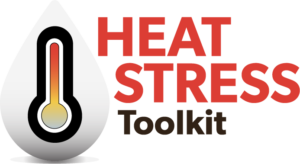HEAT STRESS CALCULATOR and RESPONSE PLAN
A key component of the new Heat Stress Toolkit
Working in extreme conditions can be hazardous to your health.
Heat and humidex are no exception.
Symptoms of heat stress include:
![]()
Weakness
![]()
Fatigue
![]()
Dizziness
Learn more about the symptoms of heat stress with our Heat Stress Symptoms infographic.
The Calculator
This calculator provides three methods of calculation based on the information you have access to:
Humidex-based Method • WBGT Estimate Method • Detailed WBGT Method*
*The WBGT Estimate Method is in the works and will be added to the calculate soon!
A Response Plan is provided for the Humidex and WBGT Estimate Methods.
This plan can be downloaded and printed for posting in the workplace or shared with your workers.
General and job-specific control methods are also provided as well as access to a variety of related resources.
CONTROLS
The following general and specific controls are important elements of a Heat Stress Management Program
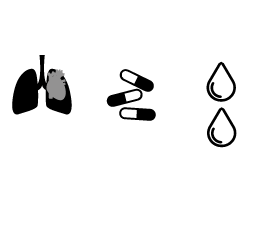
VULNERABILITY: There are many permanent / temporary / personal conditions* that can make a person more vulnerable to heat strain.
Therefore, workers should be able to adjust their work appropriately.
*Pre-existing conditions, medications, hydration, fitness level, recent/current injury or illness
YOUNG WORKERS: Workers who are young and healthy often do not think they will be impacted by heat stress, and may need guidance around what adjustments would benefit them.
*General Controls (for ALL workers)
TRAINING

- Verbal and written instructions for pre-job and annual training programs
- Information about heat stress and strain, heat disorders, mitigation plan, and
- Emergency response plan in a language and format that is understood by workers and supervisors.
HEAT-RELATED HYGIENE PRACTICES
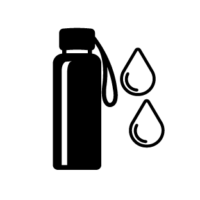
- Fluid replacement
- Self-monitoring of symptoms
- Maintain good health status
- Appropriate breaks with shade
- Modify expectations based on acclimatization
ENVIRONMENTAL SURVEILLANCE

Monitoring weather forecasts and the work environment and taking frequent measurements of:
- temperature
- humidity
- WBGT
MEDICAL CLEARANCE

...and counselling by a healthcare provider. ?
WORKPLACE POLICIES

- Acclimatization plan
- Buddy system (watch others for symptoms)
- Response plan
- On-going self-monitoring / limitation
EMERGENCY RESPONSE PLAN
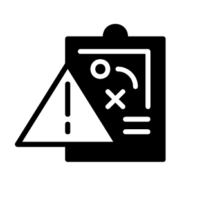
It is important to have a plan in place in case an emergency situation arises. A worker who appears to be confused, disoriented, or irritable, or has malaise, chills, or seizures needs to be managed as a medical emergency. Aggressive cooling, emergency transport, and continuous observation are also needed.
*Job-Specific Controls (for certain workers)
ENGINEERING

- Acclimatization plan
- Buddy system (watch others for symptoms)
- Response plan
- On-going self-monitoring / limitation
ADMINISTRATIVE

- Set acceptable exposure times
- Allow sufficient recovery
- Limit physiological strain
PERSONAL COOLING

Provide what is effective for the specific work practices and conditions:
- Air
- Liquid
- Ice
- Cooling clothes (vests), etc.
PHYSIOLOGICAL MONITORING
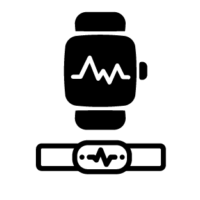
Provide / use medical monitoring of the worker’s:
- mental state (irritable, confused, etc.)
- core temperature
- heart rate
*General and Job-Specific Controls taken from ACGIH documentation
For additional resources such as reference guides, infographics, webinars and videos, visit our Heat Stress Toolkit:
